How the riches of its graduates tied Edinburgh University to slavery
Share
Explore Our Galleries
Breaking News!
Today's news and culture by Black and other reporters in the Black and mainstream media.
Ways to Support ABHM?
By Severin Carrell, The Guardian
Alumni such as Robert Halliday Gunning helped the university raise the equivalent of tens of millions of pounds

Robert Halliday Gunning was a Victorian success story, an Edinburgh-trained doctor who amassed a fortune in Brazil’s goldmines before lavishing his wealth on philanthropic gifts. It also appears he was eaten by guilt.
In later life, he ensured his legacy would be linked to acts of benevolence: from the 1880s onwards he paid for endowments, prizes, medals, lectures and academic posts at Edinburgh University, several of which still bear his name. Today they are worth £5.3m.
Gunning, a former Edinburgh medical student and anatomist, had been enmeshed in Brazil’s enslavement-based gold mining industry. Decades after slavery was criminalised in Britain, he was widely believed to own up to 40 enslaved people – a charge he denied.
A recently discovered letter suggests his gifts were a calculated act of reputation washing.
[…]
Gunning was one of hundreds of Edinburgh graduates who made their fortunes from the transatlantic slave trade, on plantations in the Americas or profiting from the empire. They served as doctors on slave ships, administrators, lawyers to enslavers, merchants, plantation owners, or were slavers themselves.
The scale of Edinburgh University’s entanglements with transatlantic slavery and colonialism has been exposed by new research, commissioned by the university. It has established that Edinburgh raised the equivalent of tens of millions of pounds from donors implicated in slavery or colonial wealth-building.
A study by Dr Simon Buck, a research fellow, has found Edinburgh raised at least £250,000 (in historical money) from slavery-linked and colonial donors from the late 1700s until well into the late 1800s. The university sought out those donors, despite bitter and public divisions among students and staff over the morality of enslavement.
Buck calculates the donations were equivalent to at least £30m based on current retail prices, derived from tobacco, sugar, cotton, gold, silk, indigo, linen, iron and opium production and trading.
Meanwhile, Harvard has been uncovering ties to slavery in the US.
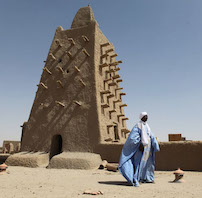
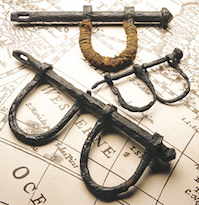
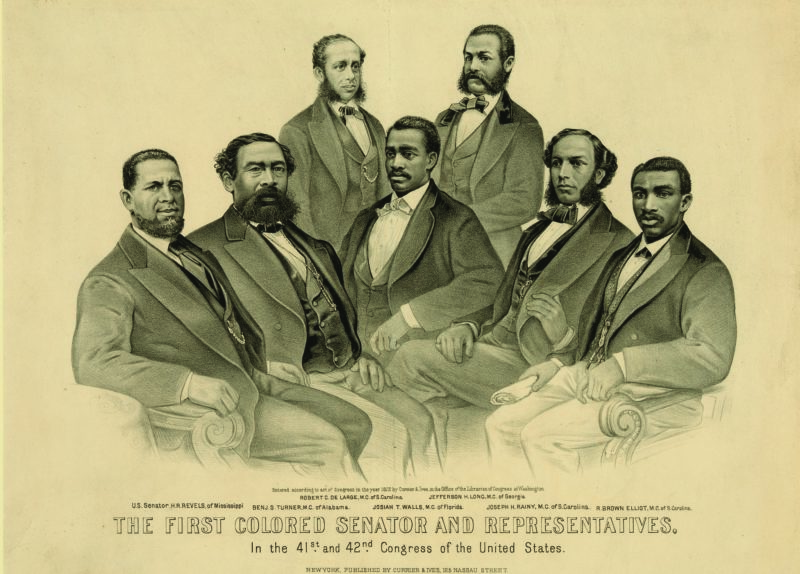
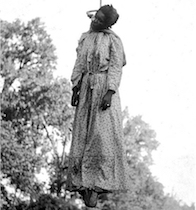
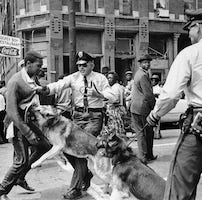
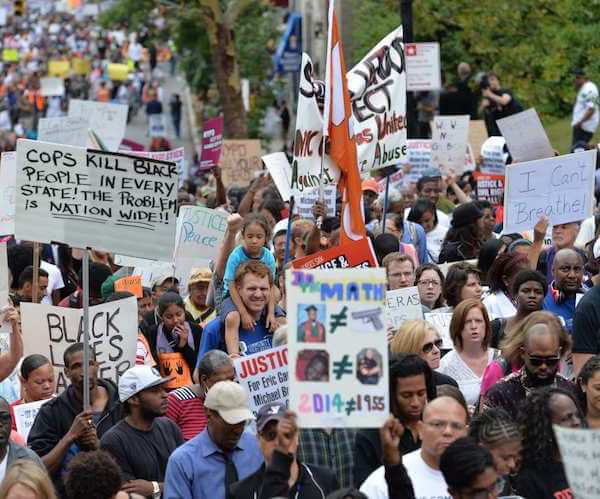
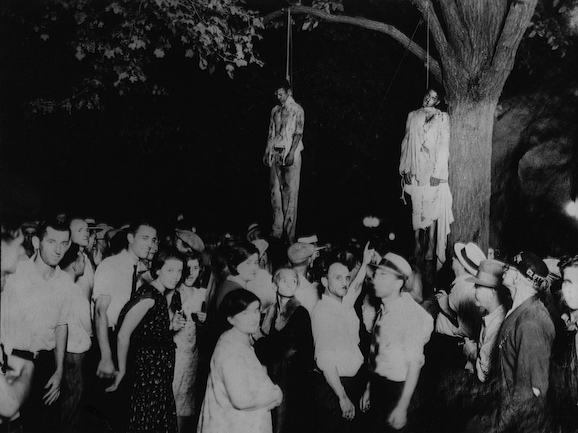

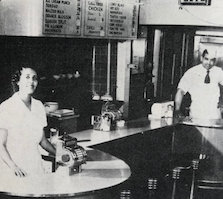
Comments Are Welcome
Note: We moderate submissions in order to create a space for meaningful dialogue, a space where museum visitors – adults and youth –– can exchange informed, thoughtful, and relevant comments that add value to our exhibits.
Racial slurs, personal attacks, obscenity, profanity, and SHOUTING do not meet the above standard. Such comments are posted in the exhibit Hateful Speech. Commercial promotions, impersonations, and incoherent comments likewise fail to meet our goals, so will not be posted. Submissions longer than 120 words will be shortened.
See our full Comments Policy here.